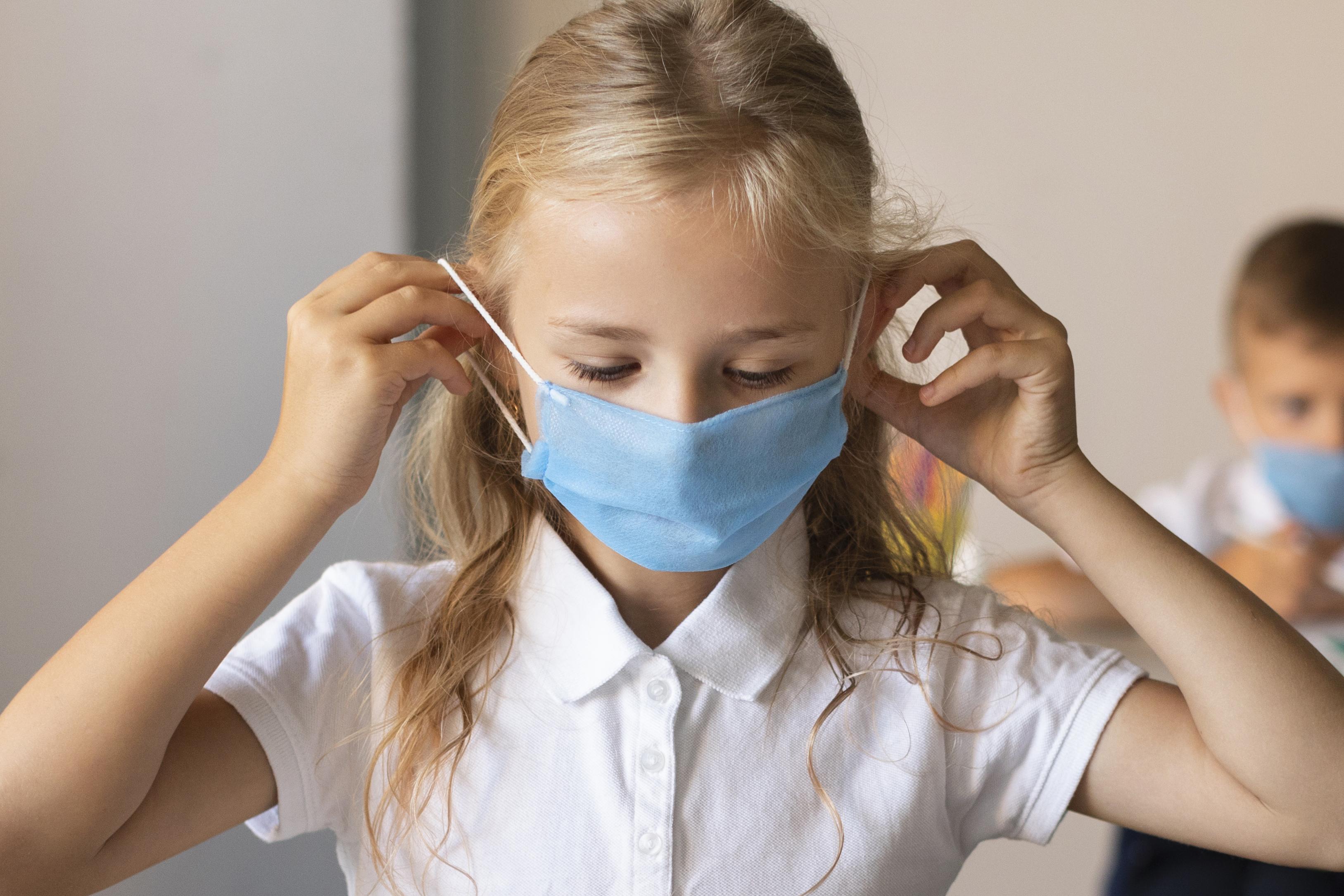Recent research has illuminated the diverse symptoms of long COVID among children and teenagers, demonstrating that age plays a significant role in the manifestation of these prolonged effects. A study published in the journal JAMA has revealed striking differences in how long COVID affects younger children compared to adolescents, particularly in terms of the symptoms experienced.
For younger children aged 6 to 11, headaches emerged as the predominant symptom of long COVID. In addition to headaches, these children may experience difficulties with memory and concentration, sleep disturbances and gastrointestinal issues such as stomach pain. This age group appears to be more vulnerable to neurological symptoms, which significantly impact their daily functioning and overall quality of life.
Conversely, adolescents aged 12 to 17 report a different array of challenges. This group tends to experience more fatigue-related symptoms, including excessive daytime sleepiness, low energy levels and widespread body aches. Neurological symptoms, such as headaches and cognitive difficulties, also persist in this age range, but they are often accompanied by a heightened sense of fatigue. Notably, changes in taste or smell are reported more frequently among teenagers, further complicating their recovery.
The findings from this study underscore the necessity of understanding the distinct ways in which long COVID manifests across various age groups. This differentiation is crucial, given that children and adolescents undergo significant physical and hormonal changes, which may influence their immune responses and health outcomes. Most existing research on long COVID has primarily focused on adult populations, leaving a considerable gap in our knowledge regarding its impact on younger individuals.
Misconceptions about COVID-19 and its effects on children continue to persist. Many people mistakenly believe that children are less likely to be affected by the virus and its long-term consequences. However, this study provides compelling evidence that long COVID is not an uncommon condition among children and many are experiencing persistent symptoms that warrant medical attention.
Understanding the unique challenges faced by these populations can lead to more effective diagnosis, treatment, and support strategies, ensuring that the needs of younger individuals are adequately addressed in the ongoing response to the pandemic. Enhanced focus on pediatric long COVID will ultimately contribute to better health outcomes for affected children and teenagers.
